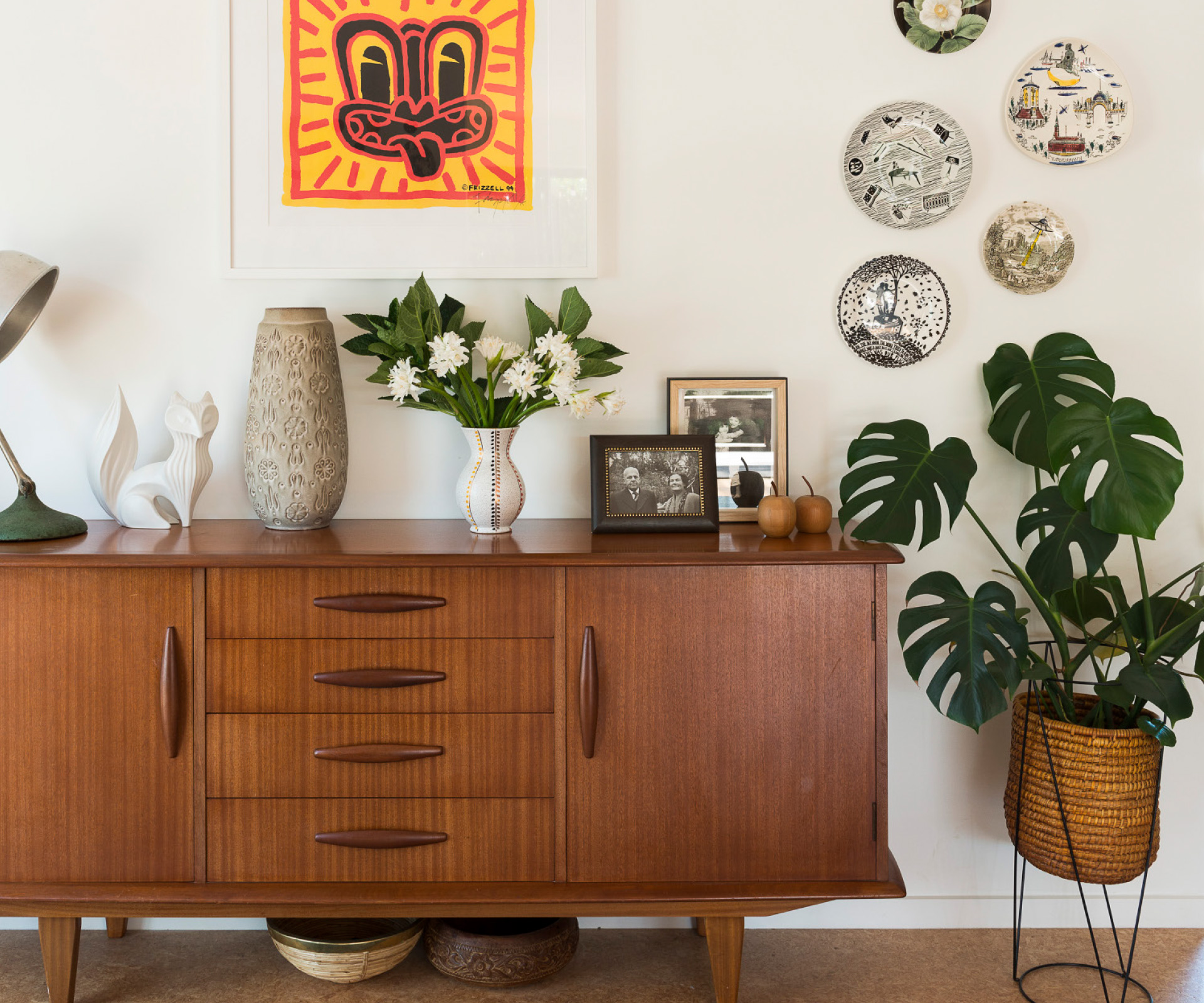Whether it’s wood, cane, fabric or leather, give your secondhand finds a sparkling new lease of life with these cleaning tips and tricks

Vintage furniture can sometimes need a little TLC before it’s displayed in your home, and pieces you’ve had for a while may also be ready for a spring clean. A quick wipe-down or wash will suffice for some things, but how do you tackle those harder-to-clean items?
Cane
Cane chairs, tables, shelves and bedheads, with their small crevices, can be dust magnets. Fortunately, you can remove dust with a feather duster, or a vacuum cleaner with a brush attachment, and use an old toothbrush for hard-to-reach areas. To get rid of dirt, most items can be wiped down with a damp cloth, and stains tackled with a soft-bristled brush dipped in a mix of gentle dishwashing liquid and warm water. Make sure not to leave your cane furniture wet after cleaning as mould can grow. Dry it with a fan or leave outside in the sun.
Wood
Dust wooden furniture gently with a soft cloth, or damp cloth if needed. According to the Smithsonian’s Museum Conservation Institute, wooden furniture should be cleaned only when there is a build-up of wax or dirt, and only unfinished wood, painted wood, or wood with a sturdy finish should be cleaned. Oily dirt or waxy residue can be removed with diluted mineral turpentine or a mix of mild detergent and water, but take care this doesn’t affect the wood or finish (do a spot test somewhere unobtrusive first).
The Smithsonian recommends avoiding polishes, oils and beeswax, and to instead buff with a stable, hard furniture polish, no more than twice a year for areas of heavy wear, and once every three or four years for other areas. Most other products will do more harm than good as they cause a build-up over time which can be hard to remove.
Fabric and leather
You can dust fabric or suede surfaces using the brush attachment of your vacuum cleaner (on low suction), and wipe leather with a soft, damp cloth. Don’t forget to clean in between the folds and creases of couches and chairs.
From dishwashing liquid to vinegar and baking soda, there are a number of household products you can use to attempt to get out a stain, but it is best to research the correct method for each specific item and type of stain, and do a test first to ensure the product you’re using won’t damage the fabric.
Always dab rather than rub at the fabric to ensure you don’t weaken it. You may need to repeat the process a number of times to fully remove a stain, and stubborn stains may need to be seen to by a professional.
Words by: Fiona Ralph. Photography by: Helen Bankers.
EXPERT PROJECTS

Create the home of your dreams with Shop Your Home and Garden
SHOP NOW











